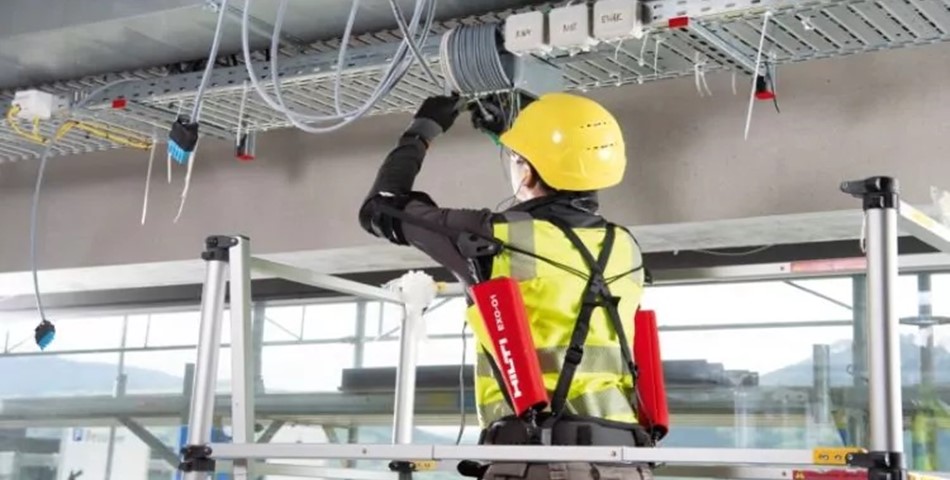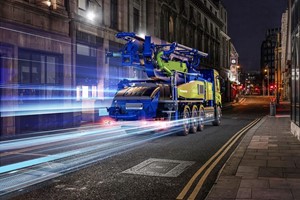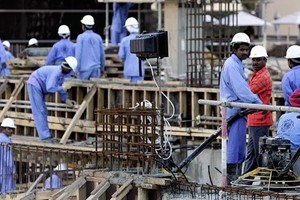The widespread use of exoskeletons in construction to prevent musculoskeletal disorders could be the next big thing in construction, says Alan Johnston
There is huge potential for the construction sector to use exoskeletons to protect people from injury and long-term pain.
Statistics from the Health and Safety Executive show that there were 470,000 workers in the UK suffering from work-related musculoskeletal disorders in 2020/21 – construction has a higher rate than any other industry, with 1,830 cases per 100,000 workers.
We have seen big changes in the approaches to health and safety over the last couple of decades and the widespread use of exoskeletons could be the next big development
It is no secret that the sector is striving to seek new talent, both to fulfil the new demand for low-carbon construction and to take over from those approaching retirement. A new generation, reaping the benefits of this modern PPE from the beginning of their careers, could be transformational for the sector’s health and wellbeing.
As part of the EXSKALLERATE project, co-funded by the Interreg North Sea Region program, Construction Scotland Innovation Centre (CSIC) along with co-partner NMIS (National Manufacturing Institute Scotland) recently conducted three field lab studies to evaluate the use of passive exoskeleton suits in different construction scenarios such as roofing, plaster boarding and the manufacture of timber panel cassettes.
The simulations took place at CSIC’s Innovation Factory – in partnership with A C Whyte, Forster Roofing, Stewart Milne Timber Systems, Morris & Spottiswood and Ecosystem’s Technologies – and used two different types of exoskeletons: the Hero wear Apex and Auxivo Lift suit, both of which protect the upper body and back.
Rather than active exoskeletons, which often include a robotic element, we found that passive suits were less cumbersome and, therefore, better suited to a wider range of construction activities. The initial feedback from the tradespeople and SMEs involved has been positive and encompasses a range of factors, including the overall user experience, comfort, usability, and the impact of stresses or strains on the body.
“I hope we will reach a point where exoskeleton suits become a regular safety requirement – just like hard hats – without which you would not even think about entering a building site.”
While our final findings are still being collated, we are already turning our attention to the next important stage which will involve these suits being used on a number of pilot sites.
Even with robust evidence to prove the case for this new technology, perhaps the biggest challenge will be to change industry perceptions and attitudes, as is usually the case with anything new. Widespread adoption would also require significant investment from SMEs – some suits cost as much as £700 – but it is an invaluable investment in our people.
While we are often asked about the impact on productivity, on the scale we are working to it is difficult to measure and we would encourage businesses to think about the people benefit first. These suits can potentially help those working on construction sites to complete tasks safely, and although they might minimize absences due to workplace injury, we have to remember the people wearing them are still human and the exoskeletons are designed to be used as PPE, rather than a productivity tool.
There is a long way to go before we see widespread adoption. One of the keys aims of the project is to build an exoskeleton knowledge base and ecosystem. I hope we will reach a point where exoskeleton suits become a regular safety requirement – just like hard hats – without which you would not even think about entering a building site.
We have only scratched the surface in terms of proving the benefits, but we can already see the opportunity exoskeletons present for safeguarding people in construction.
https://constructionmanagement.co.uk/
By Alan Johnston













